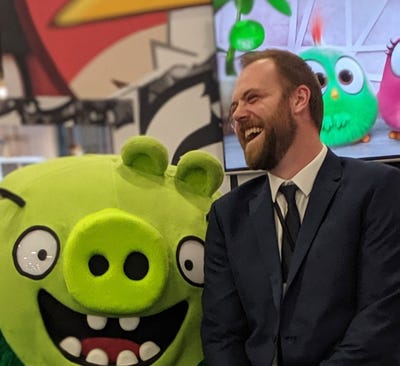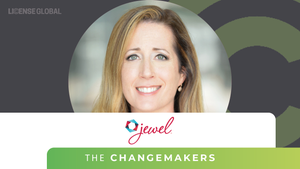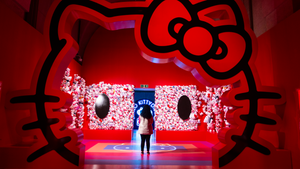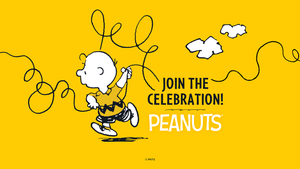Mo Willems on Bringing Stories and Franchises to Life in New Ways
License Global explores the intricate art of engaging young readers with author and illustrator, Mo Willems.
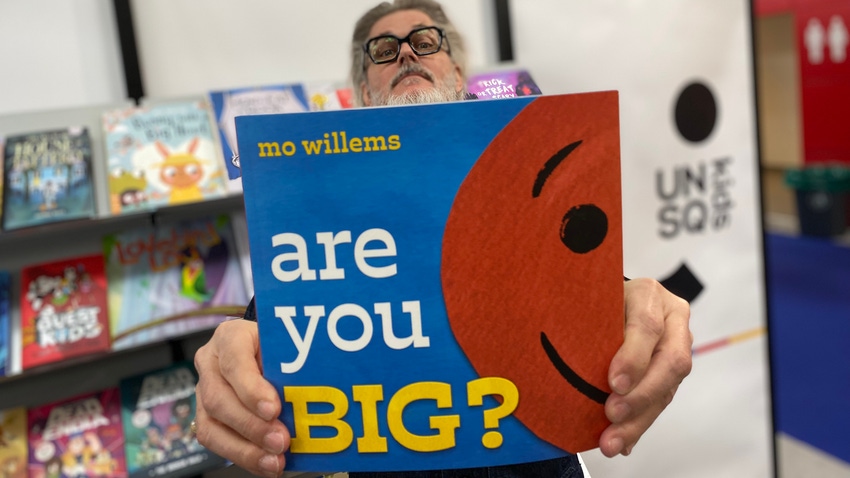
Mo Willems, the celebrated author and illustrator who formed Hidden Pigeon Company last year in partnership with Stampede Ventures and RedBird Capital Partners, speaks with License Global to spotlight the importance of creating humorous and thought-provoking children’s books for the world’s youngest philosophers.
Tell us about the world of Mo Willems and how your approach has led to franchises like “Don’t Let the Pigeon Drive the Bus!” and “Elephant & Piggie.”
Mo Willems: Ideas are not things you get; they are things you grow. So, I have an idea garden, and I grow (in my notebook) ideas and some turn into weeds. Some of them don’t grow, and we have to put a lot of manure on them. Now and then, one grows into a beautiful tree that bears fruit, which we cut down and burn for profit. For me, a good book and a good character is a question.
I’m not interested in answers. I’m interested in questions, and they come from me. So, when working with other writers, I ask, “What things scare you?,” “What are the things that make you nervous?,” “What are the things that make you uncomfortable that you don’t understand about yourself?” Then we have to assume that there’s something funny about it. So, for instance, there’s a Pigeon book called, “The Pigeon Needs a Bath.” On one level, it would seem that this is a kids’ book about the time kids need to take a bath, but that’s not where it's born. It’s born from this idea: I love going to the symphony. I love to go out, but I never go. And my wife says we should go to the symphony, we should see this play, and finally, I get dragged out of the house and as soon as I sit down in the theatre, I say, “We should do this all the time.” What is it about me that is reluctant to do the things I know that I’m going to love? And then how do I turn that into a funny story? After that, how do I understand the Pigeon and let the Pigeon tell me what he’s reluctant to do.
Many undercurrent themes empower your readers to engage with your stories and characters. How does this make up the signature of your storytelling?
Well, if you notice that, I’ve made a mistake. 90% of it is making it invisible. The kid and the audience write the rest. They yell, “No” to the Pigeon. They feel empowered to make their own stories, and they bring meaning. I have a couple of hard-and-fast rules. All my characters are easy enough for five-year-olds to draw, so they feel empowered to go and infringe on my copyright. I am more interested in my books being played and helping spark creativity. I want my orchestra (that’s the parents) to enjoy. Because if the orchestra likes the score, they’re going to play along and play games and have fun. I’m encouraging the kids to say, “Oh, there’s a format, don’t let the Pigeon, the Pigeon wants, the Pigeon needs, I can come up with a format and now I am also an author.” So, though it’s ultimately reductive, your design is reductive. How close to abstraction is it so that a kid can draw a draft? How little can I put in so the kid feels they can add their take? It’s gossamer thin. The general rule is that if you can understand the manuscript, there are too many words. If you look at the drawings and understand the story, the drawings are too complicated. It’s a good job.
How did readers’ cognitive development and engagement snowball into the Hidden Pigeon Company?
So, I love being terrified. The first thing that I will do is say, “Is this terrifying?” Then I will do it. Even before forming Hidden Pigeon Company, I turned most of my characters into hour-long theater pieces. I’ve written a couple of operas. I perform my books with comedians in sketch festivals and comedy festivals. There comes a point with Hidden Pigeon that we want to engender this sort of surprise and delight while encouraging creativity in all these mediums. That means I want to work with artists, writers and animators who excite and challenge me. So, the vision is the same. But at a certain scale, I can only do what I want to do by collaborating. People took a chance on me. I was hired as a writer on “Sesame Street” at the age of 24. That was an obvious mistake on somebody’s part. A middle-aged person made that mistake, who was probably like, “Ah, he’s all right. There’s not so much I have to unteach him because he’s a baby.” I want to be able to do that. So, we’re looking for writers, illustrators and artists to collaborate with to explore for themselves who they are and find a way to spark kids to be able to do that. The Pigeon is all about not knowing the difference between wants and needs. “Elephant & Piggie” is not about friendship. It’s about repairing friendship. Those books are for early readers because the Pigeon can be obnoxious, and it’s for the younger kids because you can be obnoxious to your parents and get away with it. You can say, “I don’t like this fish stick” and throw it on the ground. But once a kid is at a reading level, they’re in a school or social environment. You can’t throw somebody’s fish stick and not get into a fight. So, every day is about repairing friendship because your parameters of what is acceptable have gotten smaller. Then we have also turned the Unlimited Squirrels books into a show. It’s about a larger social dynamic for slightly older readers. If everyone works together, they will still fail, but they will fail brilliantly and amusingly. This is different than if you don’t work together, because you’re guaranteed to make things worse. These are all Greek fundamental philosophical questions. And a five-year-old is a philosopher. Five-year-olds have no decent job, live at home with their parents and always ask why.
How are you planning on taking the worlds of these characters further and engaging kids in a new way?
“Unlimited Squirrels” is a series we’ve produced, and we’re close to landing a home for it. We are making many things on the Mo Willems Workshop YouTube channel; we’ve turned the Pigeon into a puppet, which is excellent because it means a pigeon can interact with kids and be told, “No” by kids. I’m sure there’ll be a time when it’s good in animation, but that puppet energy of this manic bird paired with an actual child in the real world is super specific. We’ve shot some comedy concerts; we did a bit with Al Yankovic and all these famous comedians. I’m doing a series of concerts with the National Symphony Orchestra at the Kennedy Center. If you remember what Leonard Bernstein did, those children’s concerts, imagine that hosted by a guy who doesn’t know what he’s talking about. So that’s “Mo at the NSO,” which comes more from musical education. So, as opposed to saying, “You don’t know anything we’re going to teach you,” I’m saying, “I don’t know anything.” Kids will teach me how they feel, what it is and how that makes them move or what orchestral music they enjoy. So, it’s more invitational, writing an opera.
We’re turning “Elephant & Piggie” books into 2D animation with Tony Award-winning actors who are also best friends. They are actually repairing friendship in the audio booth. The animation was also done by an animator I’ve worked with for 25 years, so we are also in that same relationship.
We also just launched a documentary series on kids taking their Knuffle Bunny and showing what their day looks like. There’s a broader swath in tonality, which is softer, sweeter and a little more punk rock, but overall, it is an invitation to create.
What we’re doing is real. And if kids can participate in it through a toy or a show, what they’re doing becomes real. So, the idea of a Pigeon puppet, which is a very fancy puppet, becomes something that kids can take, make any puppet and do the same thing. Everything is an unspoken invitation. In “Don’t Let The Pigeon Drive The Bus!,” no page says, “Okay, kids, time to say, “No.” The kids discover it. And then they’re excited because of their discovery. My job is not to have ideas. My job is to give you the tools to discover those ideas.
Mo Willems’ first works are nearing 20 years old, and with a huge portfolio of successful titles for readers of all ages, the author is discovering how to converse with readers who grew up engaging with his characters, the new fans that multigenerational co-reading and sharing creates and a new generation of young philosophers.
With the Pigeon books, “Elephant & Piggie,” “Unlimited Squirrels” and more, the Hidden Pigeon Company is embarking on new initiatives to bring characters to life across theatre, animation and live-action, creating a new way for those audiences to spend time with brands built on inviting audiences to connect and create.
About the Author(s)
You May Also Like

